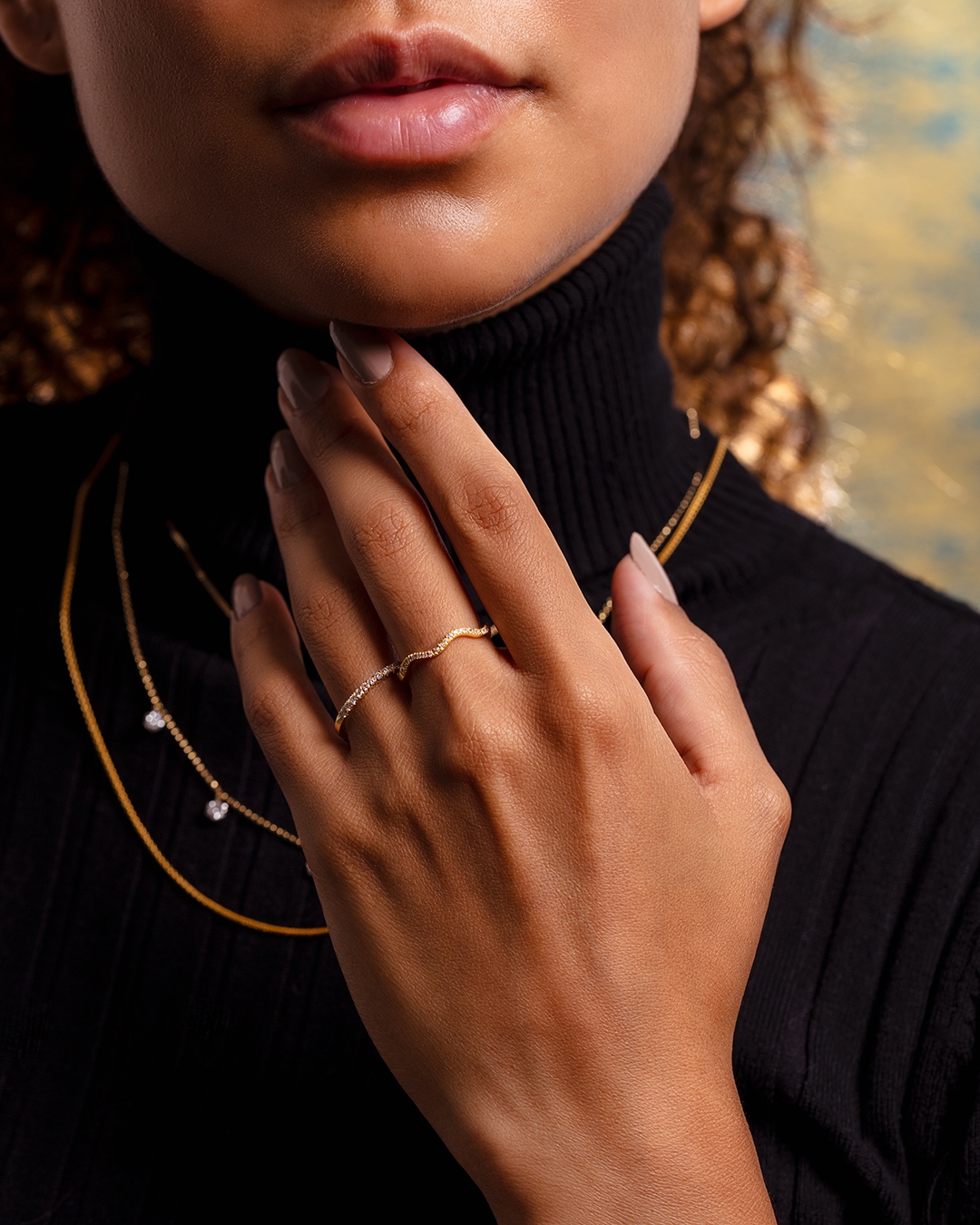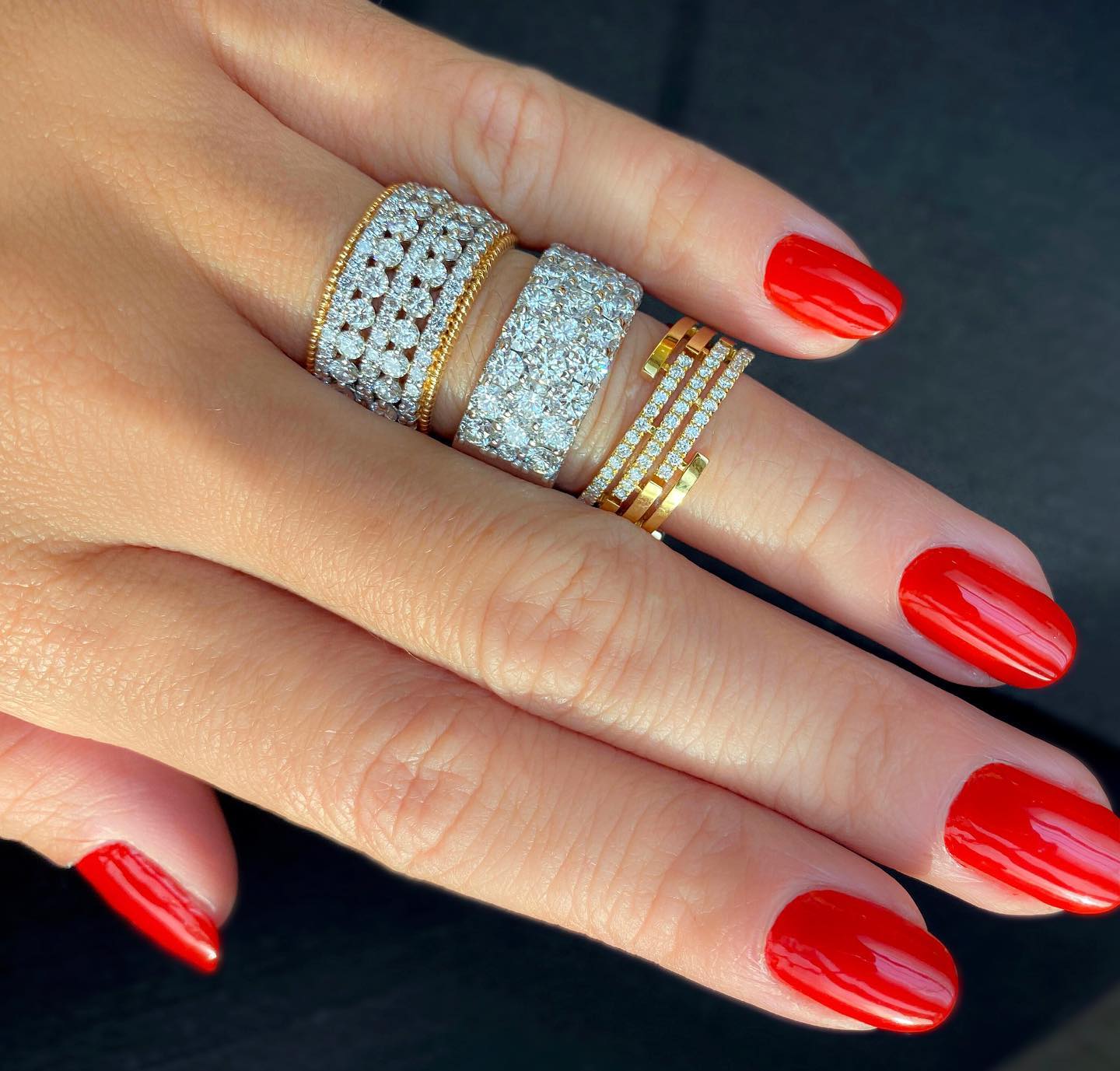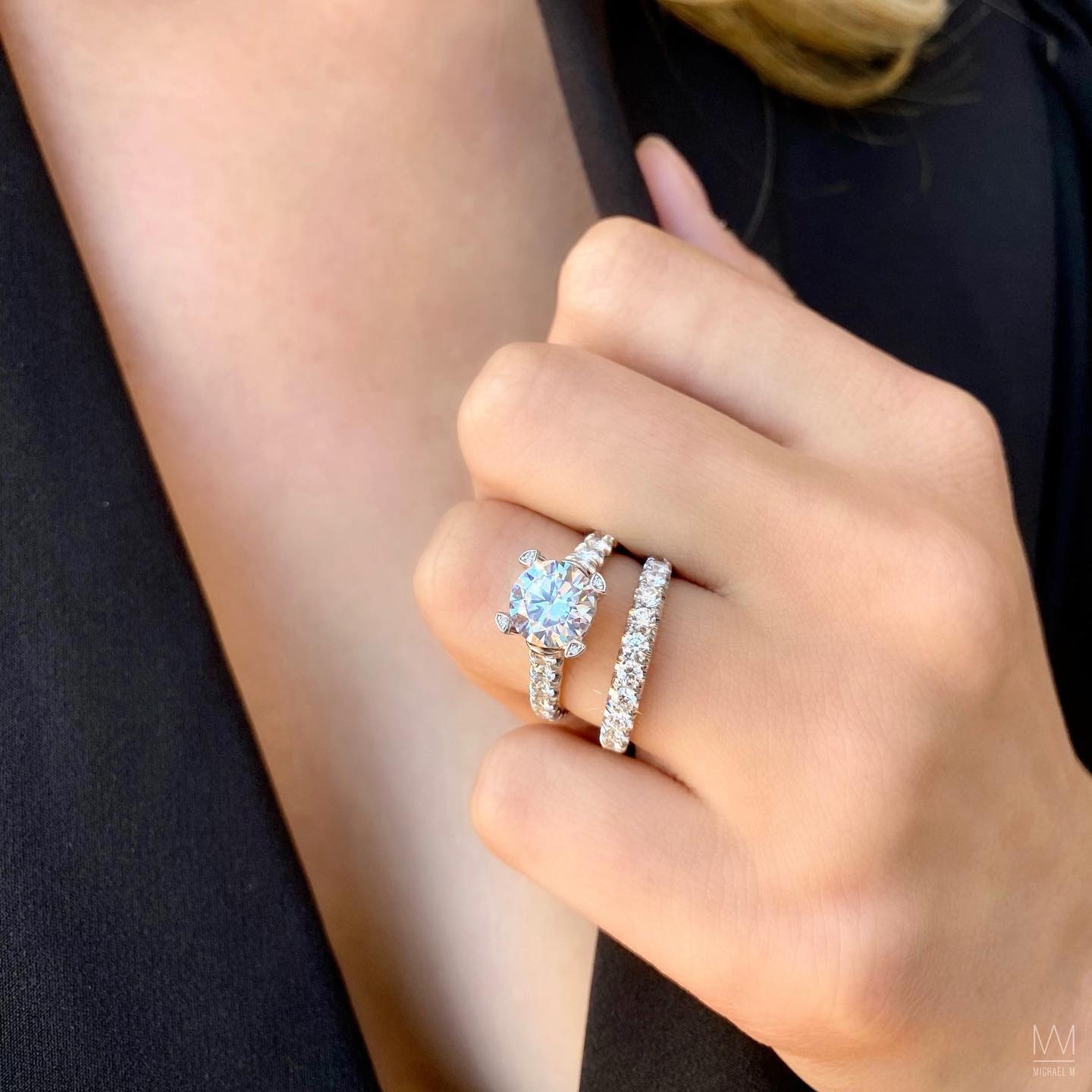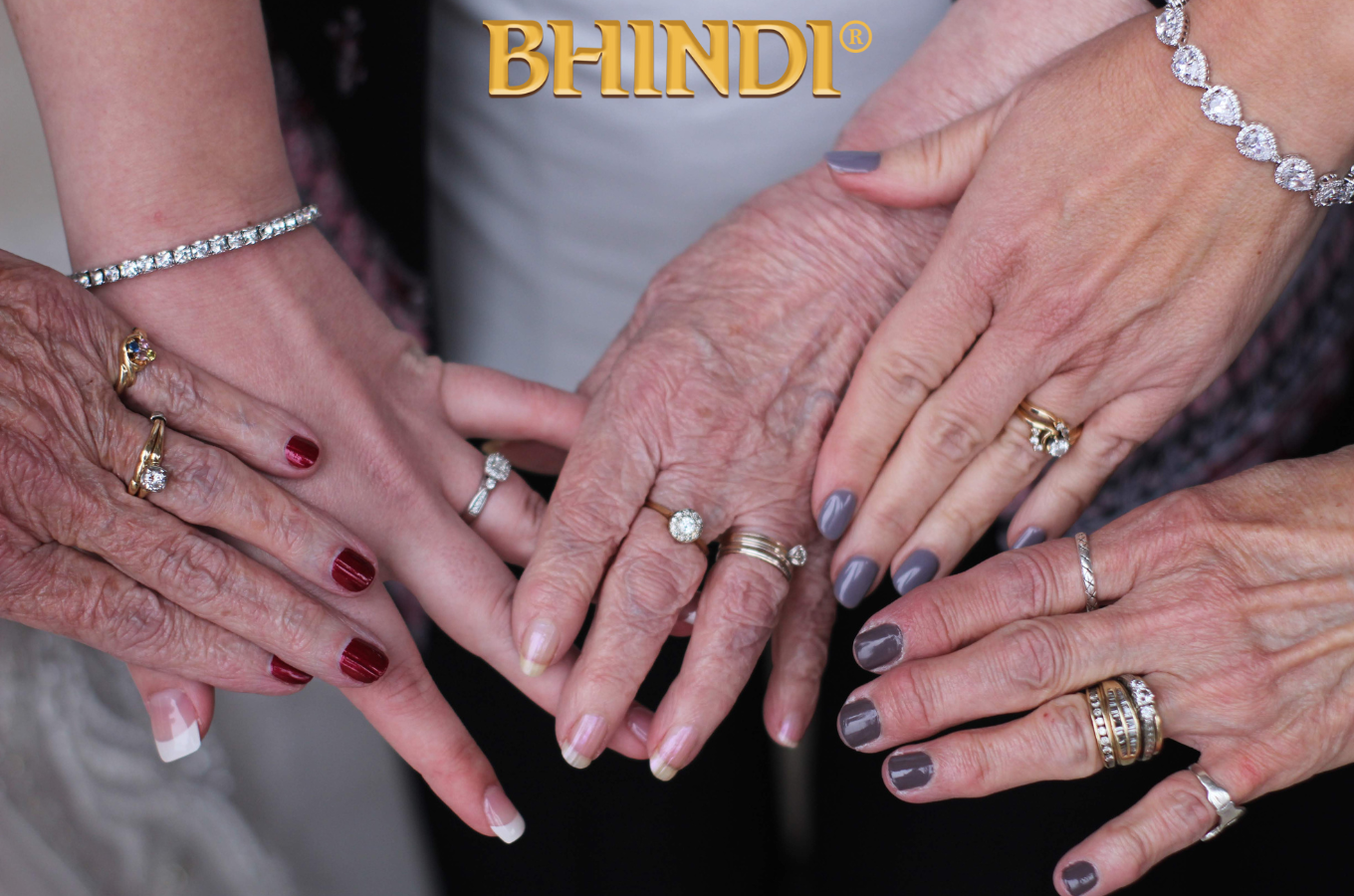The resurgence of interest in vintage styles is a notable development. Many future brides are smitten with wedding dresses that feature elaborate embellishments like milgrain and filigree. These ornate patterns and carvings evoke a sense of history and tradition. In contrast to modern rings, vintage-style rings typically feature a cluster of smaller diamonds or jewels for added character and charm. These bands have an antique style and feel, yet they are generally made using modern crafting techniques to make them more durable and comfortable.

Women's wedding bands, meanwhile, are seeing a rise in the popularity of simple styles. Sleek, understated women's wedding rings have a dedicated fan base, as they appeal to those who value minimalism. Simple forms, understated elegance, and a lack of flashy details are typical of such layouts. These simple items appeal most to active women or those who would instead not call attention to themselves. The quality and cut of the precious metal (gold, platinum) are emphasized here.
In terms of metals, there has been a recent increase in the popularity of yellow gold wedding bands for her. After being passed over in favor of white gold and platinum for so long, yellow gold has made a remarkable comeback. Its rich tones provide an elegant counterpoint to the glimmer of any diamonds or gemstones that may be set into the design. Yellow gold is another adaptable option because it looks great against many skin tones and can be used in contemporary and classic styles.

Diamond wedding bands are another traditional accessory that is constantly developing. There is a clear shift from traditionally favored round brilliant cuts to more unique forms like marquises, pears, and ovals. These unconventional shapes provide more room for individual expression than conventional designs. In addition, colored diamonds are beginning to draw interest. Colors like blue, pink, and even chocolate have expanded people's range of self-expression beyond traditional white.
Women's stackable wedding bands have advanced the concept of self-expression in novel ways. The wearer of one of these bands can create a custom look by mixing and matching various styles, metals, and stones. Couples can add more layers of meaning to the physical design by using stackable bands to represent the various anniversaries of their love. They provide a fresh take on wedding bands for women by making it easy to modify the design to suit the wearer's evolving tastes or commemorate special occasions.

The growing interest is influencing wedding bands for women in eco-friendly designs. More and more engaged couples are prioritizing ethically produced materials and conflict-free diamonds. Some companies even provide options like recycled materials or laboratory-created diamonds instead of mined ones. This renewed interest in moral production reflects a cultural trend towards eco-friendliness and conscious buying.
In conclusion,
The women's wedding bands market is a fertile and exciting space where designers and consumers may express their individuality via ever-evolving styles. Women today have more options than ever before to find a wedding band that speaks to who they are, from the intricate details of vintage-inspired pieces to the streamlined simplicity of minimalistic designs and from the resurgence of yellow gold to the invention of stackable and sustainable options.

